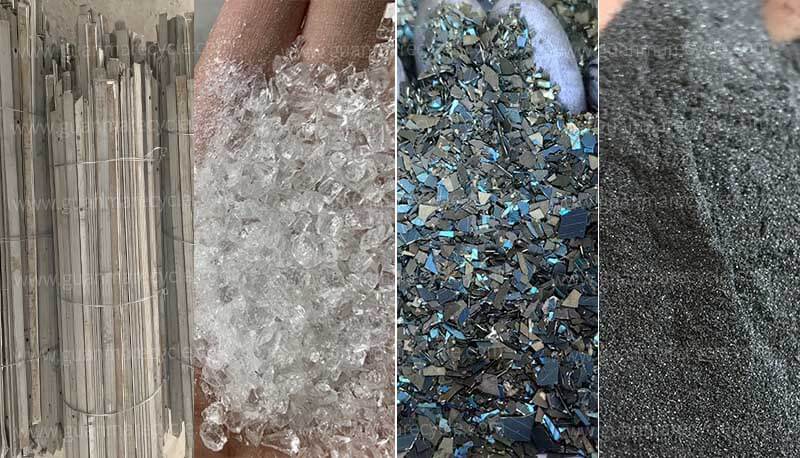As the global solar boom continues, millions of photovoltaic (PV) panels are nearing their end-of-life. Simply discarding them in landfills wastes valuable resources and poses environmental risks. So, what do you get from recycling a solar panel? The answer is a treasure trove of recoverable materials, significant environmental benefits, and compelling economic incentives – crucial knowledge for businesses involved in solar imports, exports, or project decommissioning.
Beyond Scrap: The Valuable Materials Reclaimed
Recycling a solar panel isn’t just about disposal; it’s a sophisticated resource recovery process. Here’s a detailed breakdown of what high-quality recycling facilities can reclaim:
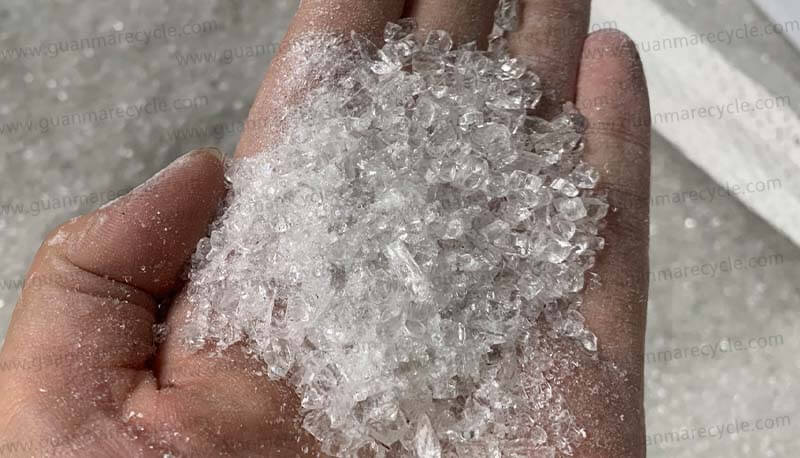
1. Glass (Up to 75%)
The primary component. High-purity glass cullet is separated and cleaned, ready for reuse in new glass products, fiberglass, or even construction materials like tiles or abrasives – a key material recovered from solar panel recycling.
2. Aluminum Frames (10-15%)
Easily extracted and melted down. This high-grade aluminum requires significantly less energy to recycle than producing virgin metal, making it perfect for new frames or countless other aluminum products – a major contributor to the economic benefits of PV recycling.
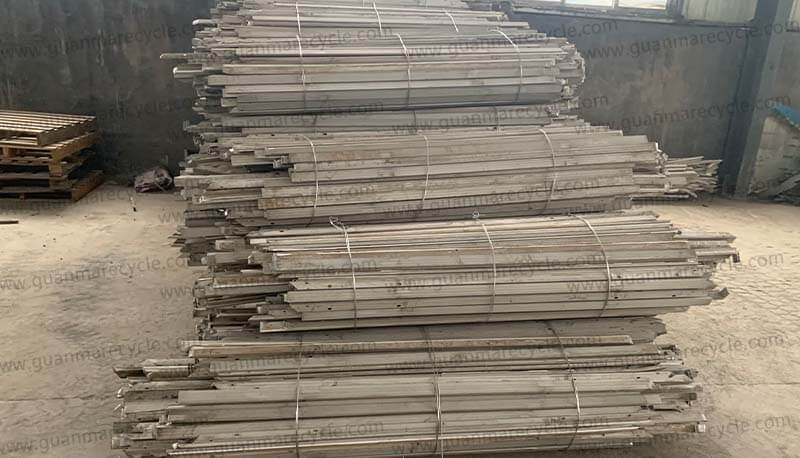
3. Copper Wiring
Found within the junction box and cables. Recovered copper maintains its excellent conductivity and is highly valuable in electrical applications, supporting reclaiming metals from PV panels.
4. Plastics (Typically <10%)
Backsheets and junction box components. While more challenging, advanced facilities separate and process certain polymers for use in lower-grade plastic products or energy recovery.
5. Silicon Cells (Small % but High Value)
The heart of the panel. Through thermal, chemical, or mechanical processes, silicon wafers and the ultra-pure silicon metal within are recovered. This silicon can be purified for reuse in new solar cells or electronics, reducing reliance on mining – a core part of recovering silicon from end-of-life solar modules.
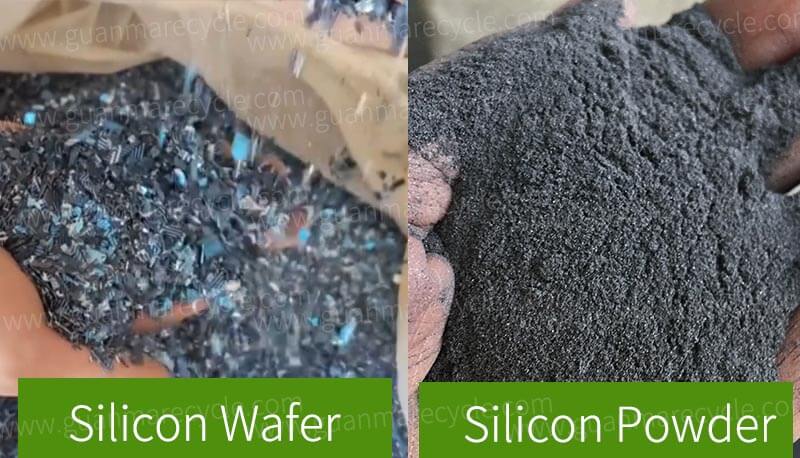
6. Trace Precious & Strategic Metals (Small % but Crucial)
This is where significant hidden value lies. Advanced techniques recover:
Silver: Used in cell contacts. Silver recovery is economically vital due to its high market value.
The Tangible Benefits: More Than Just Materials
Recycling delivers far more than physical resources:
Resource Conservation & Circular Economy: Drastically reduces the need for virgin material mining (sand, quartz, metals), conserving natural resources and embedding your operations within the sustainable solar panel recycling process steps.
Energy Savings: Recycling aluminum uses ~95% less energy than primary production. Similar massive savings apply to glass and silicon. This directly translates to a lower carbon footprint for your supply chain or projects.
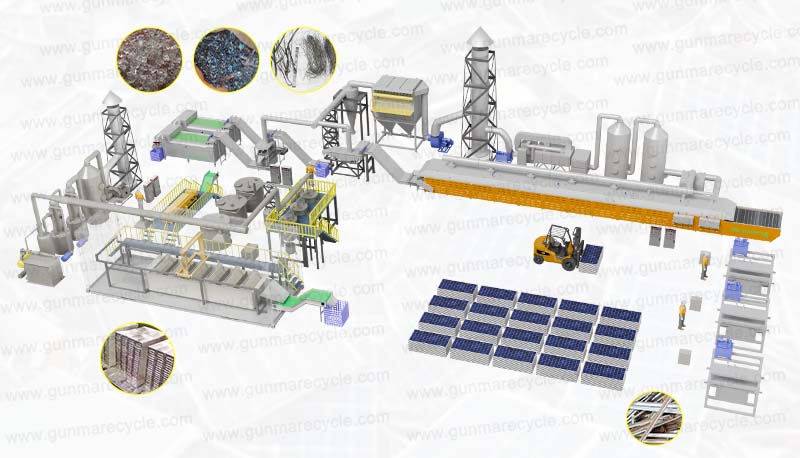
Understanding how to recycle solar panels responsibly is essential for legal operation and accessing markets with strict environmental standards.
Economic Value Creation: Recovered materials generate revenue streams. The value of recovered solar panel components offsets recycling costs and can create profitable secondary markets for commodities like glass cullet, high-grade aluminum, silver, and purified silicon. Partnering with reputable recyclers unlocks this solar panel recycling value stream.
The Future is Circular: Why It Matters for Your Business
By understanding exactly what you get from recycling a solar panel – the diverse materials, the environmental safeguards, the cost efficiencies, and the market opportunities – you position your company as a leader in the sustainable energy transition.
Partnering with specialized PV recyclers ensures maximum material recovery, regulatory compliance, and unlocks the true value embedded within end-of-life panels. Investing in solar recycling isn’t just responsible; it’s a strategic move towards resource security, cost efficiency, and a demonstrably greener brand.

